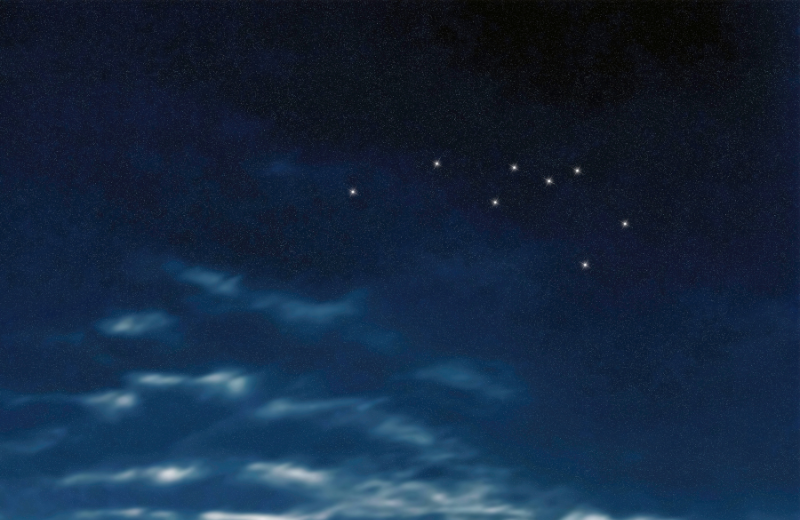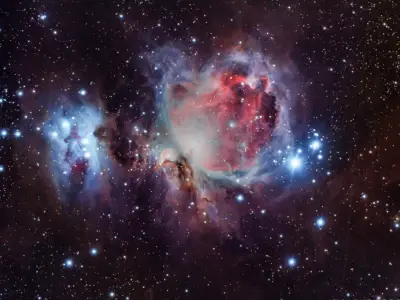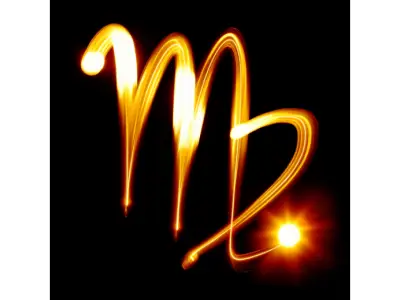If you’re interested in exploring different constellations, the Sculptor constellation is an intriguing one to discover. Whether you're a beginner or an experienced astronomer, this guide shares everything you need to know about the Sculptor constellation, its stars, and its mythology.
Jump to:
What is the Sculptor Constellation?
The Sculptor constellation is a relatively faint constellation located in the southern hemisphere. It was introduced in the 18th century by the French astronomer Nicolas-Louis de Lacaille, who named it after a sculptor’s workshop. Unlike many other constellations that have ancient Greek or Roman myths associated with them, Sculptor is a modern addition to the night sky. It doesn’t have the same mythological background but is still significant in astronomy due to its position and the objects it contains.
Recommended for you!
Best SellersWhat Does Sculptor Look Like?
When you look for Sculptor in the sky, you may notice that it doesn’t have the same brightness as some of the more well-known constellations. Sculptor is made up of relatively faint stars, making it a challenge to spot without the help of a telescope. Its stars form a simple, almost rectangular shape, resembling the frame of an artist’s easel, fitting for its name.
How Far is the Sculptor Constellation from Earth?
The Sculptor constellation is situated approximately 250 million light-years away from Earth, making it a deep-sky constellation filled with galaxies and clusters that are interesting to study. The Sculptor Group, a collection of galaxies within this constellation, is one of the closest galaxy groups to the Milky Way, offering astronomers a fantastic opportunity to observe galaxies outside our own.
The Sculptor Constellation Myth
Sculptor was named during the 18th century by Nicolas-Louis de Lacaille, who aimed to map and name southern sky constellations. Lacaille chose names that reflected the arts and sciences, and Sculptor was meant to represent a sculptor’s studio. Therefore, unlike constellations such as Orion or Cassiopeia, Sculptor does not have a story from Greek mythology. Instead, its significance lies in its dedication to the creative arts, embodying a sculptor’s skill and craftsmanship.

Sculptor's Stars
Sculptor might not have the brightest stars, but it still has notable ones:
- Alpha Sculptoris: This is the brightest star in the constellation, a blue-white giant located approximately 780 light-years away. Despite being the brightest, it is still quite dim when viewed with the naked eye.
- Beta Sculptoris: Slightly fainter than Alpha Sculptoris, this star adds to the constellation's subtle shape and can be a helpful marker when using a telescope to find Sculptor.
- Pi Sculptoris: Another star within the constellation, this one is located around 500 light-years from Earth.
Nebulae in the Sculptor Constellation
Sculptor is not only home to stars but also several fascinating deep-sky objects:
- The Sculptor Galaxy (NGC 253): Also known as the Silver Coin Galaxy, this is one of the brightest galaxies in the sky and is located within the Sculptor constellation. It’s a spiral galaxy around 11 million light-years away from Earth, and with a telescope, you can see its dusty spiral arms and bright core. This galaxy is a popular target for amateur astronomers due to its visibility and structure.
- The Sculptor Dwarf Galaxy: This is another noteworthy feature within the constellation. It’s a dwarf spheroidal galaxy that belongs to the Sculptor Group and is one of the closest galaxies to the Milky Way. Observing this galaxy can be a bit more challenging as it is quite faint.
Finding Sculptor in the Sky
To see the Sculptor constellation at its best, plan your stargazing during the southern spring months, particularly from October to December, when it reaches its highest point in the night sky, making it more visible and easier to locate.

Locating Sculptor
Start by identifying nearby constellations such as Phoenix, Grus, and Cetus, which are prominent in the same region of the southern sky. By pinpointing these constellations first, you can then navigate to the position of Sculptor. Phoenix is particularly useful as a reference point due to its brighter stars.
For a more precise location, using a star map or a stargazing app can be incredibly helpful. These tools align with the current night sky, guiding you to the faint stars that form the Sculptor constellation, especially since its stars are not particularly bright.
Viewing Sculptor with Binoculars or a Telescope
- With Binoculars: While Sculptor’s stars are faint, binoculars can help bring them into view, allowing you to trace the subtle shape of the constellation.
- With a Telescope: A telescope offers a clearer, more detailed look at Sculptor’s stars and its deep-sky objects, such as the Sculptor Galaxy. Focusing on its brightest stars, like Alpha Sculptoris, enhances your appreciation of the constellation’s structure.
Best Viewing Conditions
To fully appreciate Sculptor, choose a location with minimal light pollution and a clear, dark sky, ideally on a moonless night. These conditions provide the best opportunity to observe Sculptor’s delicate star pattern and its intriguing deep-sky objects.
Fun Facts About Sculptor
- Modern Origin: Unlike many constellations that have been recognised for thousands of years, Sculptor was introduced in 1756, making it a relatively modern addition to the night sky.
- Galactic Group: The Sculptor Group, one of the nearest groups of galaxies to the Milky Way, lies within the boundaries of this constellation. It provides astronomers with essential observations about galaxy formation and behaviour.
- Not a Greek Myth: Despite the tradition of naming constellations after Greek myths, Sculptor is purely a tribute to the arts, reflecting Lacaille’s intention to honour creativity rather than mythology.
Recommended for you!
Best SellersStudy Astronomy for £29
If the Sculptor constellation has sparked your curiosity, why not explore more about the stars and the cosmos with our Astronomy Diploma Course at Centre of Excellence? This course offers you a detailed understanding of the universe, from constellations and star types to the fundamentals of space observation. Perfect for all budding astronomers, the course is available for a discounted price of £29.













